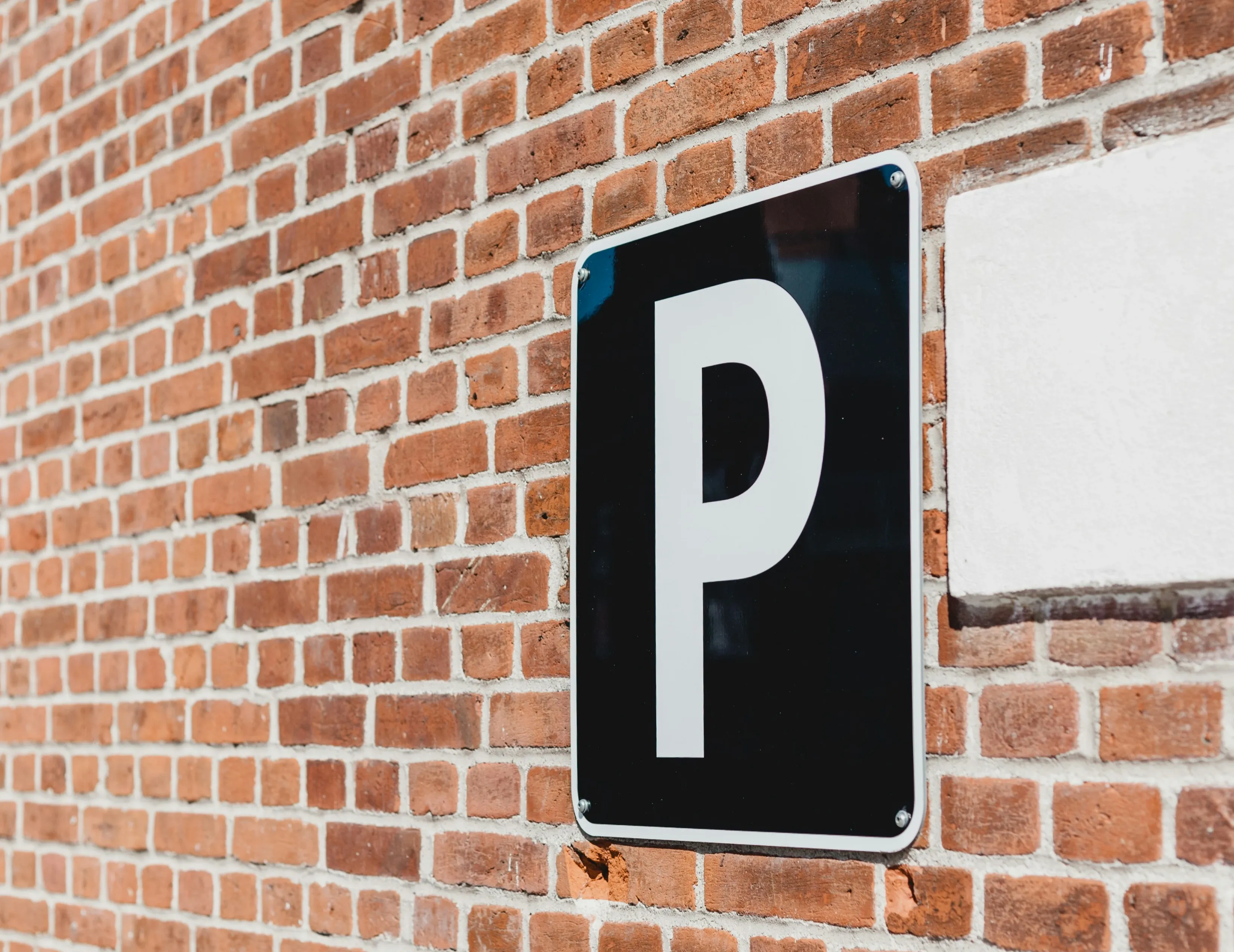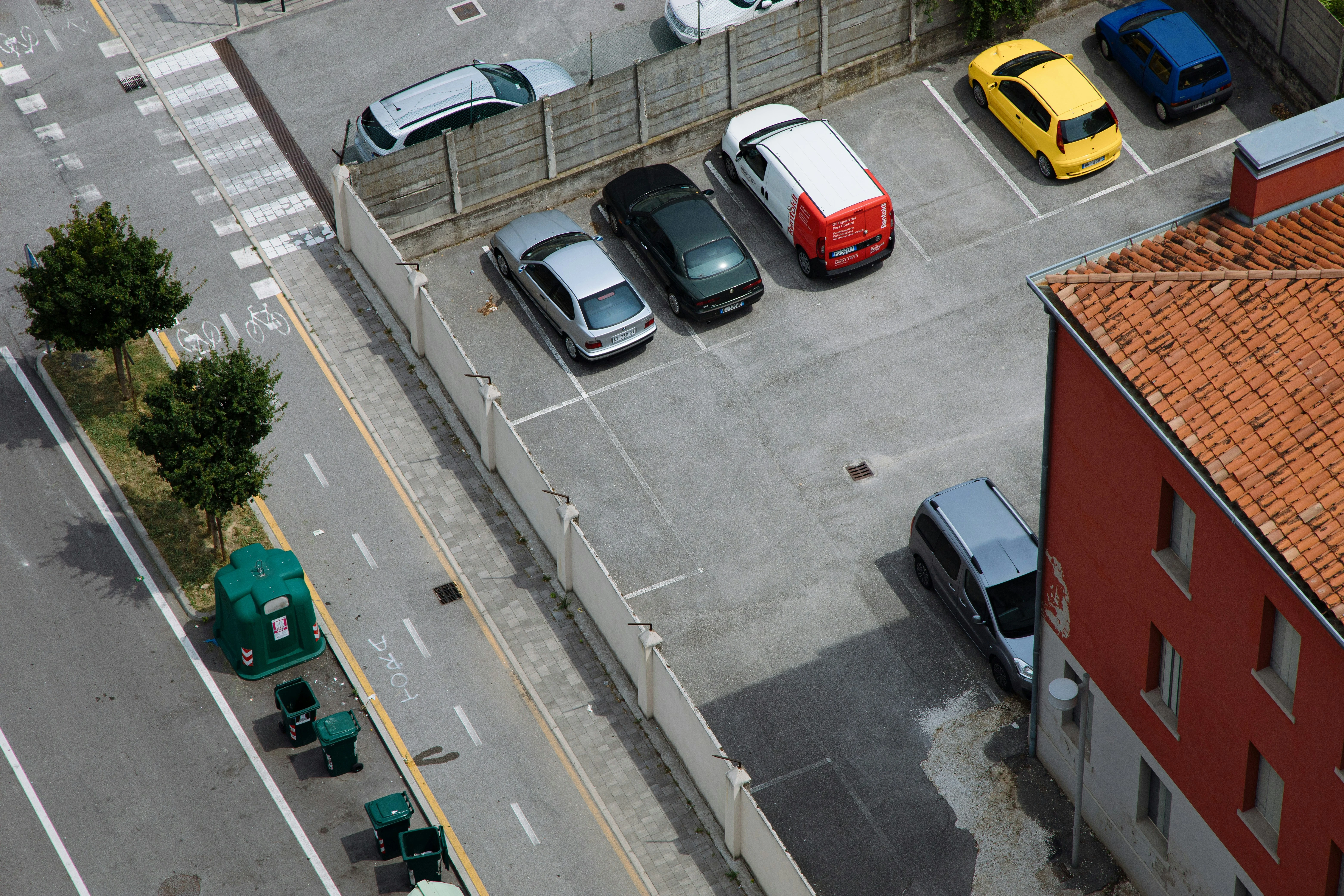Step 1 – Check whether you’re allowed to rent out the parking space
Before you begin, it’s important to make sure you’re legally allowed to rent out the space. If you are the owner, reviewing your deed or notarial documents is usually enough. If the parking space is located in a shared apartment building, you may need to check the co-ownership regulations. Some associations have specific rules concerning shared areas or the renting out of spaces to third parties. When in doubt, it’s a good idea to contact the building manager or property association.
If you are renting the property or garage yourself, be sure to check your rental agreement. Some contracts allow subletting, while others explicitly forbid it. If it’s unclear, you can simply ask for written permission from the property owner. Even a confirmation via email can help avoid misunderstandings later on.
Step 2 – Prepare the parking space for renting
A clean and well-maintained parking space instantly builds trust with potential renters. Start with the appearance: make sure the surface is free of dirt, leaves or weeds, and fix any small issues such as uneven tiles or loose stones. Good lighting is also important, especially if the space will be used in the evening. A simple motion-sensor light can already make a renter feel safer.
Next, check that access is easy. Can a car enter and exit without difficulty, even in low light or with larger vehicles such as SUVs? For covered spots, it’s useful to test whether there is enough clearance height and no beams or pipes blocking the way. A well-prepared parking space creates a professional impression and helps avoid confusion upon arrival.
Step 3 – Record the key dimensions and features
Most renters want to know in advance whether their vehicle will fit. Measure the length, width and height if necessary. If there is a narrow driveway or steep incline, it’s best to mention this clearly so no one encounters surprises.
Also note the type of surface, such as concrete, cobblestone or gravel. List any additional features such as an automatic gate, security camera or charging point. Then take clear daytime photos from different angles. Show both the full parking space and the entrance. The more realistically you present the location, the faster someone will decide to rent it.

Step 4 – Choose an appropriate rental price
Setting the right price depends on several factors, such as location, accessibility and available features. A spot near a train station, shopping street or busy area is generally worth more than a residential driveway. Covered spaces or locations with lighting or security also tend to be more attractive.
Many private renters start by comparing similar listings in their neighbourhood and adjusting their price accordingly. It’s normal to fine-tune the rate based on the level of interest you receive. Every parking space is unique, so it may take a little trial and error to find the ideal balance.
Step 5 – List your parking space online
Once everything is ready, you can make your parking space visible by listing it on a platform such as SparkSpot. Upload your photos, write a clear description, set your availability and choose a price. From that moment, your space can be found by people actively searching for parking in your area.
In your description, be sure to explain how to access the space and whether specific instructions apply. For example: a gate with a code, a marked zone or a landmark to look for. The clearer your advert, the smoother the rental process will be.
Step 6 – Communicate clearly with renters
As soon as someone makes a reservation or shows interest, it’s helpful to provide practical details in a clear and friendly way. Share the exact address, any access codes and a short explanation of where the renter should park. Keeping all communication within the platform you use ensures that everything remains organised in one place.
Good communication contributes to a positive experience for both parties. When renters know what to expect, it reduces the chance of confusion during their stay.
Step 7 – Maintain the parking space
Even after renting has started, it’s important to keep the parking space in good condition. A quick visual check on a regular basis is usually enough to ensure that everything remains clean, safe and accessible. Make sure the lighting still works, the entrance is unobstructed and no debris has accumulated.
Taking care of small issues promptly helps keep the space attractive for future renters. A well-maintained parking spot often leads to positive experiences, which in turn makes it easier to attract new bookings.

Conclusion
Renting out a parking space doesn’t have to be complicated. With a bit of preparation and a clear description, you can get started quickly. Whether it’s a fixed parking spot, a shared driveway or a garage box you don’t use every day, there is almost always someone looking for exactly that kind of solution.
A platform like SparkSpot helps you manage everything in one place, without needing to set up your own system. You stay in control of availability and usage while keeping the process simple. If your parking space is currently unused, this might be the perfect time to put it to work.










